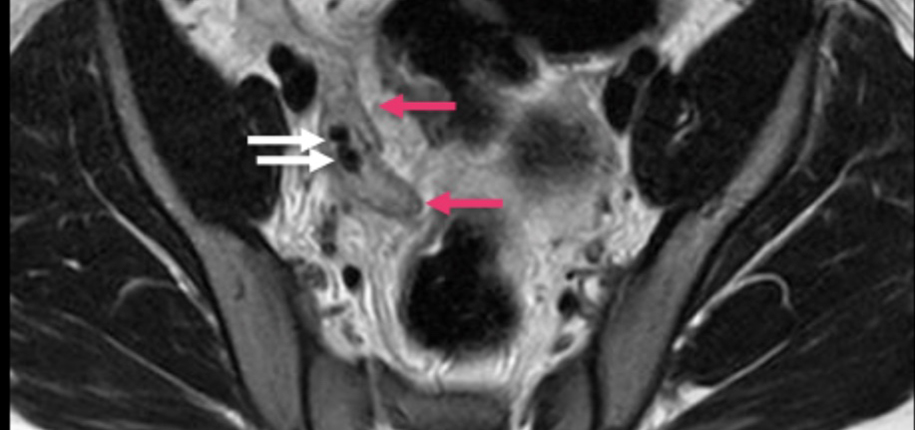
Your child has belly pain, and we are worried that the appendix is angry (which results in appendicitis). The appendix is the little tube of intestine in the right lower belly. Well, it is usually there, and usually we can see it using our ultrasound, but sometimes we are unable to find it on ultrasound, and that is totally okay! The appendix can be hidden from us due to a variety of reasons, including being in a different place (like lower in the pelvis, behind the colon, or even in the upper part of the belly). Frequently, there can also be intestinal gas that is blocking our view of the appendix on ultrasound.
What happens next from an imaging standpoint? Depending on how ill your child is, another type of imaging study may be ordered to help us evaluate for appendicitis. In the past, it would include a CT scan with intravenous (IV) contrast, which is an imaging “dye” to help us better see the appendix and other organs in the belly. More recently, our Radiology Department at Cincinnati Children’s has started using an additional imaging tool to evaluate for appendicitis: the MRI scan. Some advantages of the MRI scan over the CT scan include no radiation and (typically) no pokes or “ouchies” for IV access. We are excited to add MRI to our toolbox, along with ultrasound and CT (which may still be used) to help us assess your child’s belly pain!



Dr. Viet Le, author; Glenn Miñano, BFA, editor; Meredith Towbin, copy editor
Images contributed by: Jonathan Dillman, MD